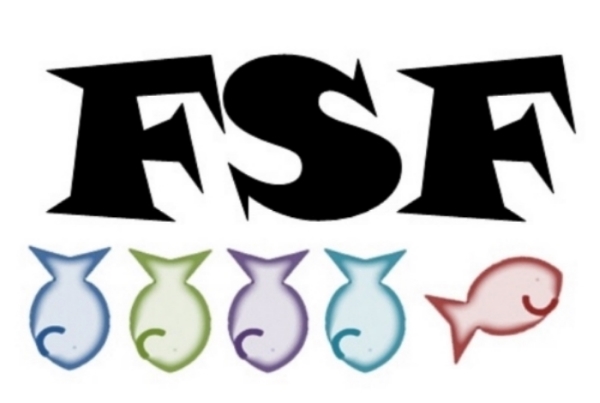You can’t have a compelling story without a plot. People want to read about characters that embark on some sort of journey- be it internal or external. The most rudimentary plot consists of a definitive beginning, middle and end. There’s more to it than just those three phases, though. The beginning is home to the exposition and then flows upward into the rising action. At the end of the rising action is the climax or the middle of the story. Immediately after is the falling action. I should note here that there can be more than one climax in a plot. Some of the more celebrated stories have multiple rising and falling actions and multiple climaxes. After the final falling action, we arrive at the resolution and end of the story.
It’s a lot to keep straight. There are three basic types of styles when it comes handing the plot of the story.
1. Plotter: This means completely outlining your plot. You know what happens in the beginning, the middle and the end before you even begin writing the story. This method is good for when you have complex and long story lines. Plotting every aspect is understanding how they all fit together. The down side, at least for fiction writers, is that sometimes your characters will throw you curve balls and completely throw off all of your carefully crafted plans.
2. Pantser: This writer flies by the seat of their pants. There is no outline, just a vague idea of a plot and that’s all they need to sit down and start writing. The theory behind this is that the characters will tell you where the plot will go and what will happen as you write. The bad thing about pantsing your way through the plot is that if you don’t know where you are going, it is much easier for your characters to take you down paths that have nothing to do with the current story. Also, it could take you much longer to get to the end of your tale.
3. Plotser: This is a strange hybrid of both Plotters and Pantsers and can appear differently depending on the person. Someone may have a rough outline of one or two basic plot points that their characters need to hit and then wing the rest of it. Others may have incredible detail in their outline, but also leave options for their characters to choose which way to go.
The best part about all of this is that there is no wrong way to prepare for writing your story. You will find that some plots require some Plotting while others won’t work unless you Pants it. It is your tale, it is your voice and your style. If you take anything from this blog, please take this: make sure you know where your story is leading up to. It’s fine if you don’t have a perfect outline for every nuance, but have a general notion of what the end of the story looks like. Other than that, find what works best for you and what works best for the story you are writing.
Happy Writing!
Kira

